Introduction
A thermostat can be described as a device or component which is sensitive enough to sense the temperature of a system such as an automotive system so that the temperature is kept at a desirable point. It is a device in an automotive that controls cooling or heating automatically in such a way as to maintain the temperature nearly constant. This coolant control serves as a regulator that is automatically regulating temperature by starting or stopping the supply of heat in the engine. It is also widely used in many other systems not just automotive.
To maintain a needed temperature, control is applied by switching the devices on or off which thereby regulates the flow of a heat transfer fluid as required for the maintainability of the correct temperature. It is important to properly operate the device to achieve the best result of controlling the heating and cooling of the vehicle.
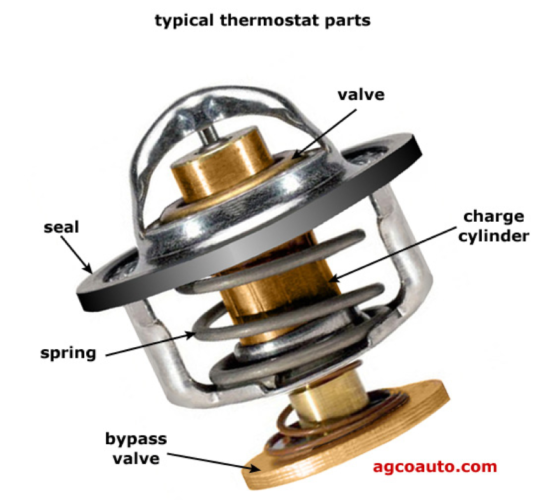
How does a car’s thermostat work?
Between the engine and the radiator of a liquid-cooled car engine is a small device called a thermostat. The thermostat’s primary function is to keep the car’s engine to a minimum operating temperature for optimal performance. The coolant mixture is usually conserved within the engine by the thermostat when a car’s engine is started cold. When the temperature of the coolant achieves the set startup point of the thermostat, it starts automatically. The coolant then flows through the radiator and keeps the running engine at the thermostat-rated temperature. It is worth noting that when the engine is cold, no coolant flows through it. The operating temperature of an engine is usually about 2000F or 950C. The thermostat opens once the engine reaches this operating temperature. By performing this function, the thermostat reduces engine wear and saves the driving force from many other hazards.
Importance of a Properly Operating Thermostat
It is highly recommended and important to have a properly operating thermostat to achieve the best cooling and heating effect of the engine. If a thermostat is functioning properly, it will be an advantage in the following areas;
- Engine overheating will be avoided
- Engine wear is minimized
- The car will warm up to a normal engine operating temperature within the required time
- Maintain gas mileage
- The car engine will be running optimally thereby giving you a smooth driving experience
- Catalytic converter damage and fouled spark plug problems are reduced
- Improved fuel economy
Conclusion
Properly operating thermostats help to keep the engine at its optimum operating efficiency. When an engine is in its cold state, it uses more gas because gas does not vaporize efficiently as it does within a warm engine. The coolant has to spend some time in the radiator unit to allow the fan and air to cool it off before being returned to the engine block for the cooling system. A lot of people believe that removing the thermostat from the car will make their car run cooler. It is simply the opposite. Without the thermostat, the coolant will pass through the radiator rapidly which doesn’t allow enough time to cool down in the radiator, thereby inflicting possible engine damage. In light of the above, it is highly recommended that the thermostat is properly maintained.

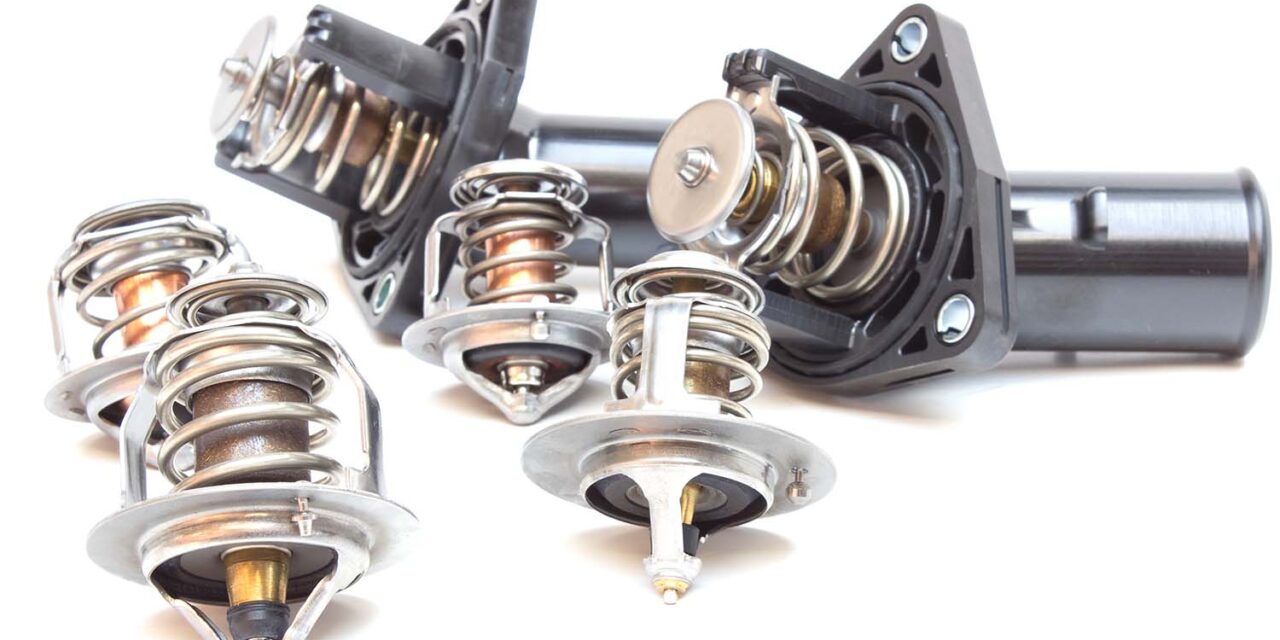
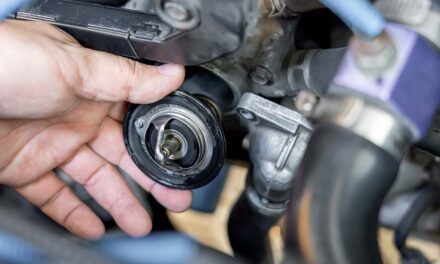
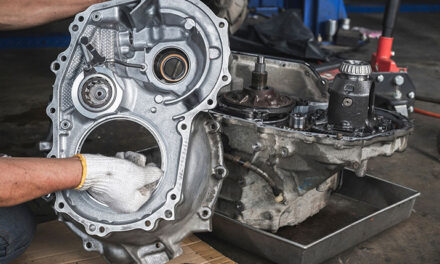
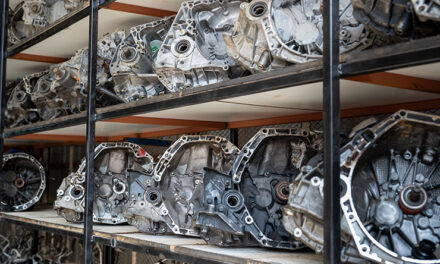



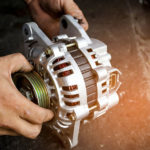
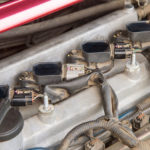





Trackbacks/Pingbacks